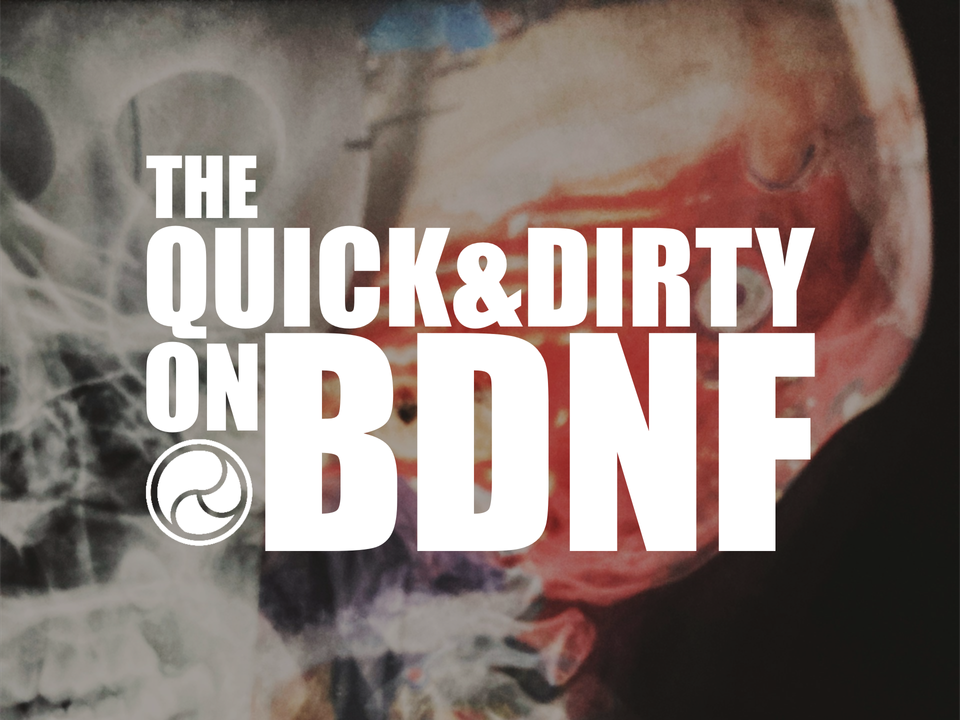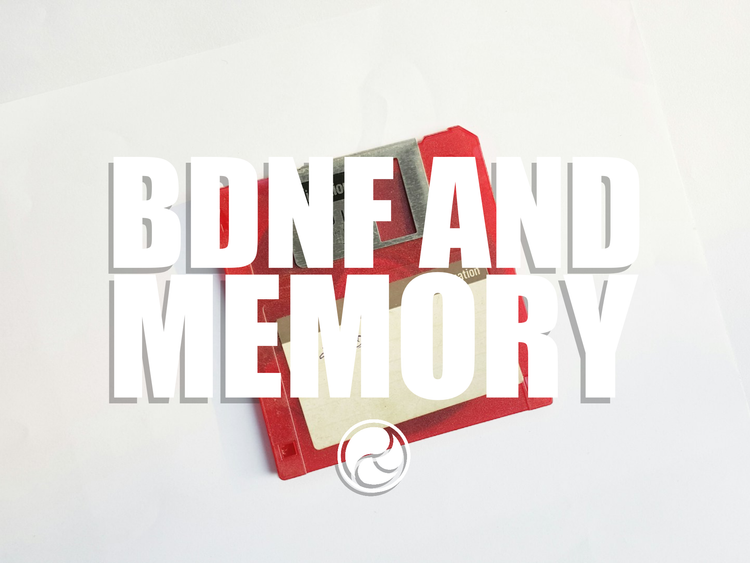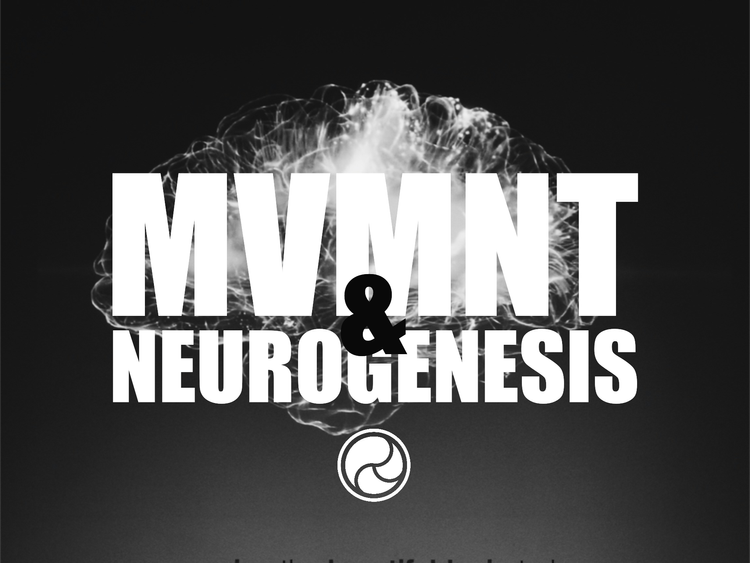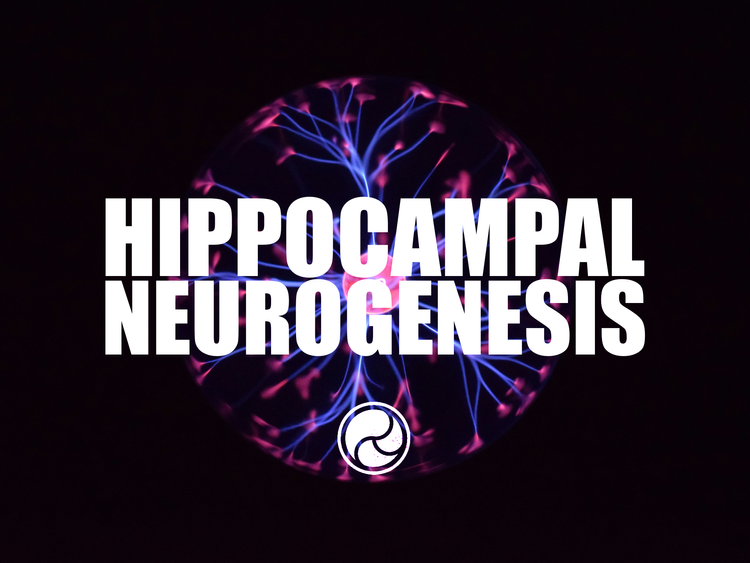The Quick and Dirty on BDNF

This is the first of several articles centered around brain-derived neurotrophic factor, or BDNF. MVMNT & Neurogenesis contains a cursory overview of BDNF, but does not go into too much detail. What follows here is a basic overview of the many responsibilities carried out by this wonder protein, and each of these in turn will be explicated further in following articles.
This article is provided for free as a BDNF primer. The rest of the articles in this series will be available only to paid subscribers. Consider upgrading if you enjoy and appreciate this content and are interested in learning more.
Contents
What is BDNF?
What are Neurotrophins?
References
Definitions
Neurotrophin: proteins involved in the maintenance, growth, and survival of neurons and their synapses
Brain-Derived Neurotrophic Factor: neurotrophin serving an important role in both metabolism and the neurogenic process
Vascular Endothelial Growth Factor: neurotrophin involved in the vascular system, blood cell production, bone formation, and healing wounds
Nerve Growth Factor: neurotrophin serving to accelerate nervous system repair following an injury
What is BDNF?
BDNF is a protein serving as a neurotrophin and is vital to the survival, growth, and maintenance of neurons in key brain circuits involved in emotional and cognitive function.1 We looked at some of this in MVMNT & Neurogenesis in working to understand the efficacy of exercise in hippocampal neurogenesis. After a neuron is born, BDNF steps in to assist in the neuron's maturation process. We'll look at this in a little more detail when we dive into BDNF's role in the hippocampus.
BDNF modulates synaptic transmission.2 We've discussed synaptic plasticity to some extent, diving into the basics in psychological flexibility. BDNF plays a major role in facilitating synaptic plasticity, as well as working with neurons to manage the information they share across those synapses.
BDNF is also involved in your metabolism: it serves to inhibit food intake and increases energy expenditure.3 This is a new realm of study for this publication, so we'll dive deep when discussing BDNF's role in the hypothalamus.
Ease your mind of the burden in having to understand what all this means right now. You know what you know from what you have already read, and you'll learn what you don't know in the articles that follow. But for now, we'll define one important term that will assist in your understanding of BDNF and other similar brain proteins: neurotrophins.

What are Neurotrophins?
BDNF is in the family of neurotrophins. Neurotrophins are proteins involved in the maintenance, growth, and survival of neurons and their synapses. This family includes vascular endothelial growth factor (VEGF), nerve growth factor (NGF) neurotrophin-3 (NT-3) and neurotrophin-4/5 (NT-4/5). Each of these neurotrophins exist to support the neurogenic process, taking neurons from babies to functional and contributing adults. It's important to recognize this is a core feature of neurotrophins, and helps us identify these proteins. Beyond this core feature, each of these neurotrophins serve additional purposes, extending their usefulness beyond the neurogenic process:
- BDNF, as highlighted above, carries the extended responsibility of assisting with metabolism,
- VEGF is additionally involved in bone formation, healing wounds; blood cell production; and, as the name suggests, the vascular system, and
- NGF works to accelerate the repair of the nervous system after injury.
We may look at VEGF and NGF as they pertain to the body's recovery process after exercise, but for now, it's enough to understand that BDNF is spectacularly vital to your cognitive function by way of the neurogenic process, and your physical health by way of metabolism and energy expenditure.
Isn't this fucking cool? I think it's cool, and I'm super excited to dive further into BDNF with you.
References
1 Phillips, Cristy, Brain-Derived Neurotrophic Factor, Depression, and Physical Activity: Making the Neuroplastic Connection, Neural Plasticity, 2017, 7260130, 17 pages, 2017. https://doi.org/10.1155/2017/7260130
2 Merighi A. Brain-Derived Neurotrophic Factor, Nociception, and Pain. Biomolecules. 2024; 14(5):539. https://doi.org/10.3390/biom14050539
3 Rothman, S.M., Griffioen, K.J., Wan, R. and Mattson, M.P. (2012), Brain-derived neurotrophic factor as a regulator of systemic and brain energy metabolism and cardiovascular health. Annals of the New York Academy of Sciences, 1264: 49-63. https://doi.org/10.1111/j.1749-6632.2012.06525.x




